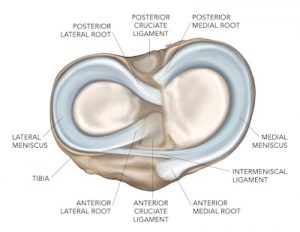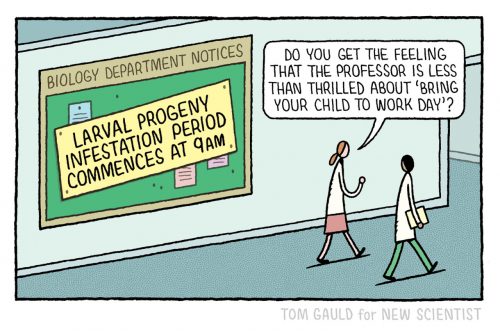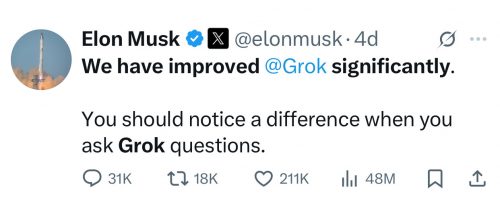In my state of limited mobility, the best I can do is roam around my yard looking for spiders. I’m not seeing any, other than a few Parasteatoda in the garage and compost, despite the fact that we’ve got lots of flowers, and it’s mid-July, and you’d think they ought to be thriving. We don’t even have any grass spiders!
What we do have is clouds of flies. Just hovering swarms of little bitty flies hovering around everything.
Come to my yard, spiders! There is a feast awaiting you!














